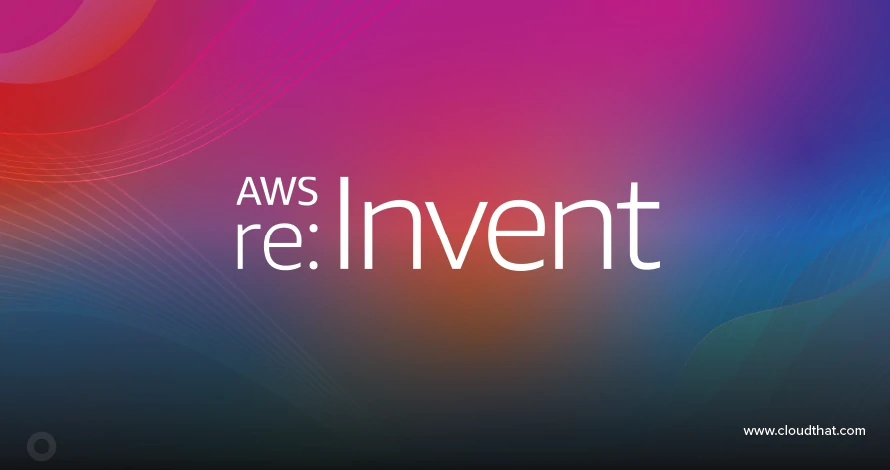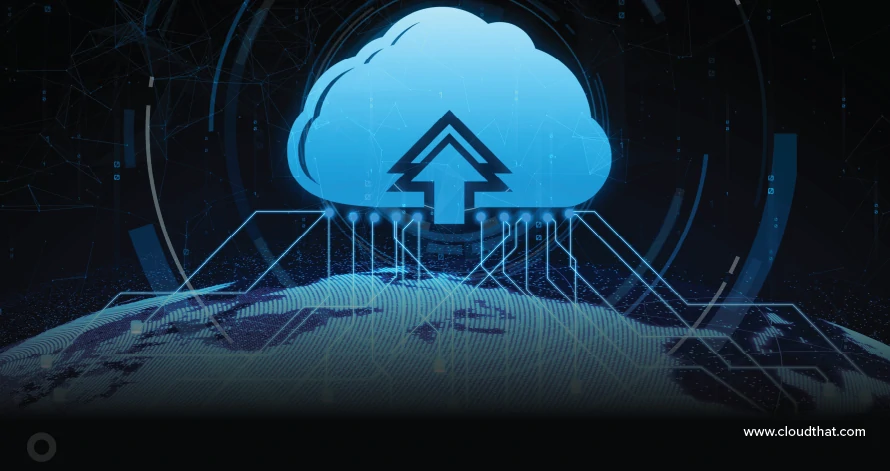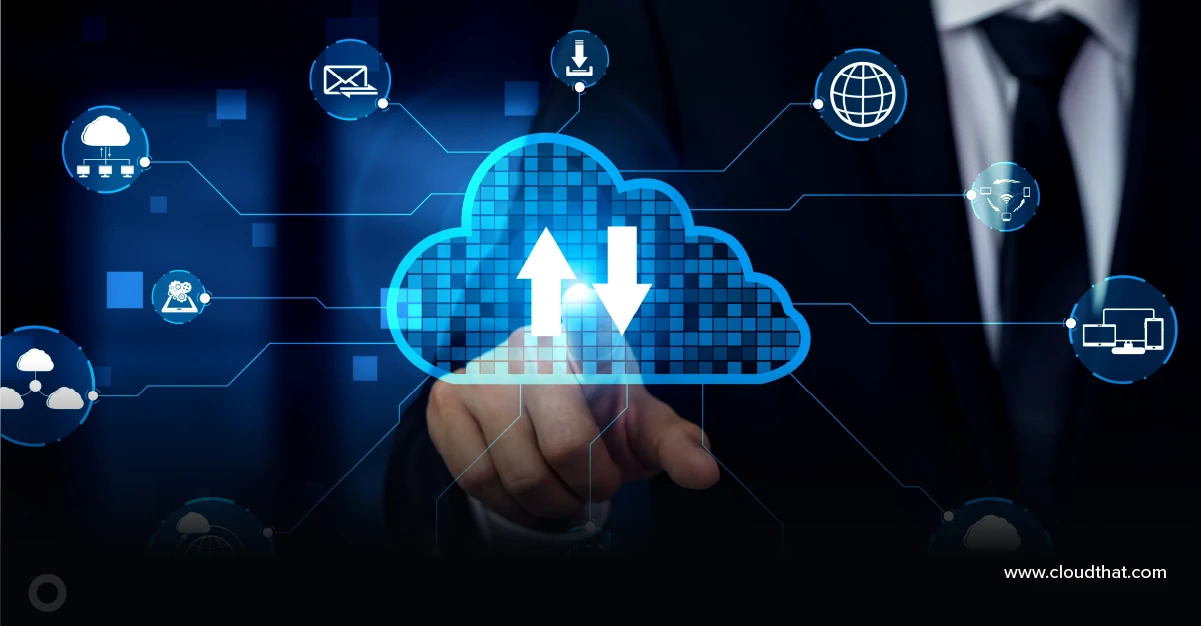|
Voiced by Amazon Polly |
Introduction to Cloud Migration
In the era of digital transformation, cloud computing has become the backbone of modern IT infrastructure. Organizations across industries are moving their applications, workloads, and data to the cloud to take the benefits like scalability, flexibility, cost-efficiency, and faster innovation cycles. But despite its advantages, the journey to the cloud is filled with challenges.
Cloud migration refers to the process of moving digital assets—data, applications, services—from on-premises or legacy systems to cloud-based infrastructure. It may also involve moving from one cloud provider to another, known as cloud-to-cloud migration.
According to market research report, over 85% of organizations will embrace a cloud-first principle by 2025. However, many still struggle due to lack of planning, security concerns, downtime, cost surprises, and skills gaps.
This blog explores the six most common cloud migration challenges and offers practical strategies to overcome them, ensuring a smooth and successful transition.
Transform Your Career with AWS Certifications
- Advanced Skills
- AWS Official Curriculum
- 10+ Hand-on Labs
Challenge 1 – Lack of a Clear Migration Strategy
Why It Happens:
A rushed decision to “move to the cloud” without proper planning can lead to cost overruns, poor performance, and project failure. Businesses often underestimate the complexity of cloud migration and jump in without analysing their current infrastructure or aligning migration goals with business needs.
Solution:
Start with a cloud readiness assessment. Understand your current architecture and decide what to move, how, and when. You can use MRA (Migration Readiness Assessment), Migration evaluator, CART (Cloud adaptation Readiness Tool) at the initial stage of migration.
Also, define KPIs to measure success—performance, cost savings, or user experience.
Example: A retail company rehosting its ERP system might benefit from short-term gains, but if it doesn’t optimize for cloud capabilities, long-term costs may increase.
Challenge 2 – Security & Compliance
Why It Happens
Organizations handling sensitive data (healthcare, finance) fear losing control when their data resides in a third-party environment. Compliance regulations like GDPR, HIPAA, and PCI-DSS further complicate the migration process.
Solution:
Choose a cloud provider with strong security certifications (e.g., ISO 27001, SOC 2).
Encrypt all data—in transit and at rest.
Implement Identity and Access Management (IAM) policies and multi-factor authentication (MFA).
Use cloud-native security tools for real-time threat detection.
Tip: Regularly audit your cloud environment and map controls to compliance frameworks.
Challenge 3: Downtime and Service Disruption
Why It Happens
uring migration, system unavailability or failures can interrupt business operations, leading to revenue loss or customer dissatisfaction.
Solution:
Migrate in phases, starting with low-risk applications.
Use real-time replication tools to sync data during the move.
Implement blue-green deployments or canary testing to reduce disruption.
Always have a rollback plan to revert changes if needed.
Example: A fintech firm migrating customer account services should use dual deployment environments to switch traffic only after full testing.
Challenge 4: Cost Management
Why It Happens
Cloud pricing can be deceptively complex. Hidden costs—data egress, underutilized instances, or misconfigured services—can lead to overspending.
Solution:
Estimate costs with cloud pricing calculators before starting.
Monitor with tools like AWS Cost Explorer or Azure Cost Management.
Set budget alerts and enable autoscaling to match demand.
Use reserved instances or spot instances for predictable workloads.
Pro Tip: Tag all resources to track departmental or project-based usage.
Challenge 5: Skills Gap in the Team
Why It Happens
Legacy IT teams may lack expertise in cloud platforms, networking, DevOps, or cloud security—slowing down the migration or causing errors.
Solution:
Train your teams using platforms like AWS Training, Microsoft Learn, or Google Cloud Skills Boost.
Consider hiring certified cloud professionals.
Leverage managed service providers (MSPs) for complex projects.
Foster a DevOps culture to streamline collaboration.
Stat: According to a report by Flexera, 73% of organizations cite “lack of resources/expertise” as a top cloud challenge.
Challenge 6: Application Compatibility & Legacy Systems
Why It Happens:
Some legacy apps weren’t designed for the cloud. They may depend on outdated libraries, have complex integrations, or rely on low-latency local networks.
Solution:
Categorize applications by cloud-readiness.
Consider containerization with Docker or orchestration via Kubernetes.
Use cloud-native modernization tools (e.g., Azure App Service, AWS Lambda).
Where needed, replace with SaaS alternatives like Salesforce or Office 365.
Example: Instead of migrating an old CRM system, many companies opt for cloud-native SaaS like HubSpot or Zoho.
Common Migration Strategies
- Rehosting (lift and shift) – Moving apps without changes. This can be done using MGN (Application Migration) service in AWS.
- Refactoring – Making slight modifications to optimize for the cloud
- Replatform – Make a few cloud optimizations to achieve a tangible benefit. You will not change the core architecture of the application. For example, reduce the amount of time you spend managing database instances by migrating to a database-as-a-service platform such as Amazon Relational Database Service (Amazon RDS) or migrating your application to a fully managed platform, such as AWS Elastic Beanstalk.
- Repurchase– Moving to SaaS alternatives. For example, move from a customer relationship management (CRM) to Salesforce.com, an HR system to Workday, or a content management system (CMS) to Drupal.
- Relocate – Move vSphere-based applications to AWS without application changes.
- Retain (referred to as revisit) – Keep applications that are critical for the business, but that require major refactoring before they can be migrated. You can revisit all applications that fall into this category at a later point in time.
- Retire – Remove applications that are no longer needed.
Final Thoughts: A Smart Cloud Journey
Cloud migration is more than just a technical shift—it’s a strategic transformation. With a structured approach, strong leadership, and a clear focus on business outcomes, organizations can navigate migration challenges effectively. Follow 3 step journey recommended by AWS – Access, Mobilize, Migrate and Modernize.
Key takeaways:
Start with a well-defined plan.
Prioritize security and compliance.
Manage costs proactively.
Start with small scale migration and then with experience start large scale migration.
Upskill your team and leverage automation.
Treat migration as an ongoing process, not a one-time event.
Done right, cloud migration opens doors to innovation, agility, and a resilient digital future.
Experience Effortless Cloud Migration with Our Expert Solutions
- Stronger security
- Accessible backup
- Reduced expenses
About CloudThat
CloudThat is an award-winning company and the first in India to offer cloud training and consulting services worldwide. As a Microsoft Solutions Partner, AWS Advanced Tier Training Partner, and Google Cloud Platform Partner, CloudThat has empowered over 850,000 professionals through 600+ cloud certifications winning global recognition for its training excellence including 20 MCT Trainers in Microsoft’s Global Top 100 and an impressive 12 awards in the last 8 years. CloudThat specializes in Cloud Migration, Data Platforms, DevOps, IoT, and cutting-edge technologies like Gen AI & AI/ML. It has delivered over 500 consulting projects for 250+ organizations in 30+ countries as it continues to empower professionals and enterprises to thrive in the digital-first world.

WRITTEN BY Mahek Tamboli
Mahek is a Senior Subject Matter Expert at CloudThat, specializing in AWS Architecting. With 13 years of experience in IT and education industry, she has trained over 2000 professionals/students to upskill in hardware, network, MCSA, RHCSA and multi cloud. She is an authorized trainer for AWS and GCP. Known for simplifying complex concepts and delivering interactive and hands-on sessions, she brings deep technical knowledge and practical application into every learning experience. Mahek passion for continuous learning reflects in her unique approach to learning and development.


 Login
Login


 May 14, 2025
May 14, 2025 PREV
PREV










Comments